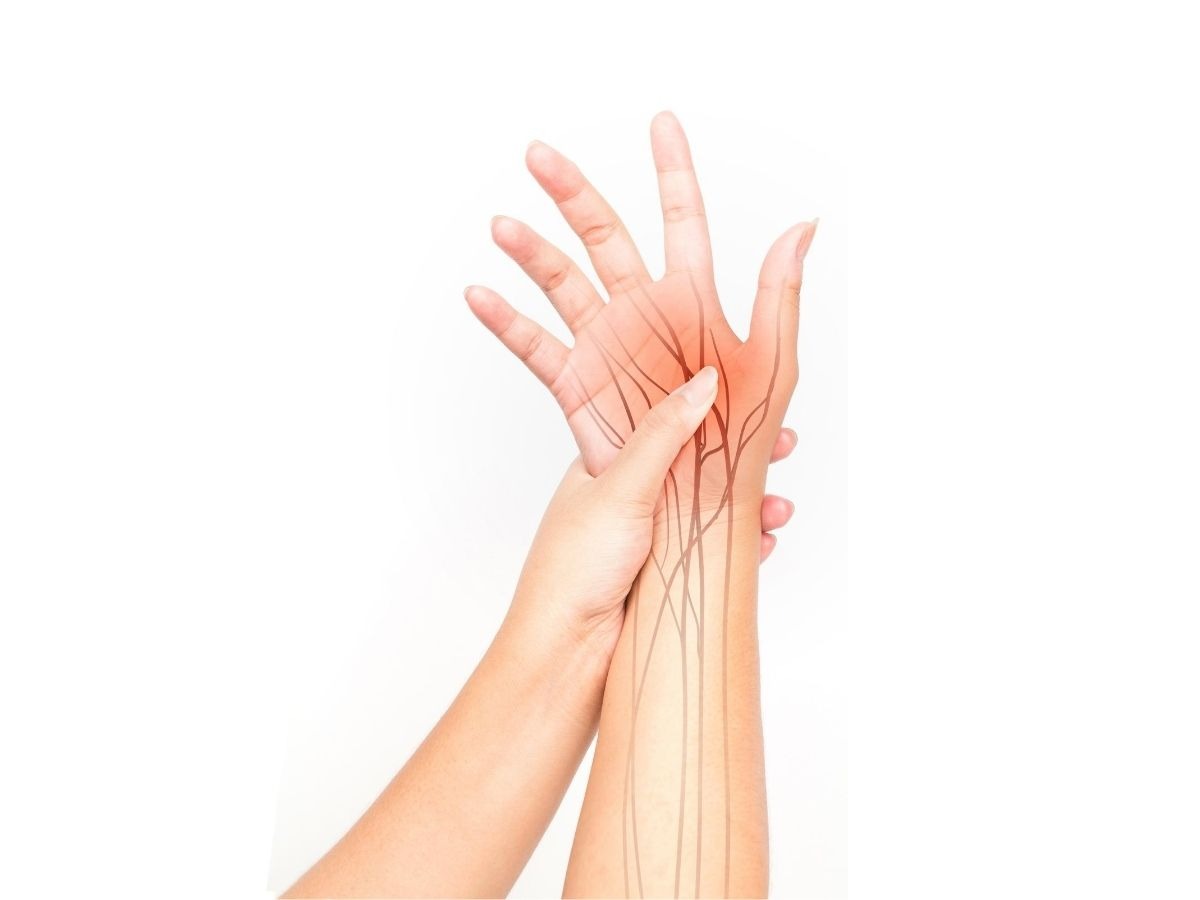Nerve Reconstruction

Your nerves transmit sensory (feelings of touch, pressure or temperature) and motor (movement of muscles) impulses to and from your brain. Damage to nerves may result in reduction or a complete loss of sensation, weakness and dry skin.
When one of your nerves is cut or damaged, it will try to repair itself. The nerve fibres (axons) shrink back and ‘rest’ for about a month; then they begin to grow again. Axons will regenerate about 1mm per day. The extent to which your nerve will recover is variable, and it will always be incomplete. Recovery is improved if the cut nerve ends are brought together and repaired surgically.
If your nerve ends are not brought together, the nerve fibres still attempt to grow and find the other end. However, often the result is a lump of nerve ends (a neuroma) that is tender to knocks or pressure and in some cases can be uncomfortable all the time.
Due to the complex nature of nerves it is essential to undergo a comprehensive and progressive treatment at PHX Plastic Surgery that focuses on restoration of sensory and motor function.

Diagnosing Nerve Injuries
Nerve Reconstruction Treatment Options
Nerve Reconstruction treatment options at the PHX Plastic Surgery may include:
- Direct nerve repair
- Nerve grafting
- Nerve freeing (Neurolysis)
- Nerve wrapping
- Nerve burying
As with all procedures performed at PHX Plastic Surgery, Dr. Jason D. Johnson will conduct an in-depth consultation covering all aspects of the surgery and recovery, including possible donor nerves, risks etc.
